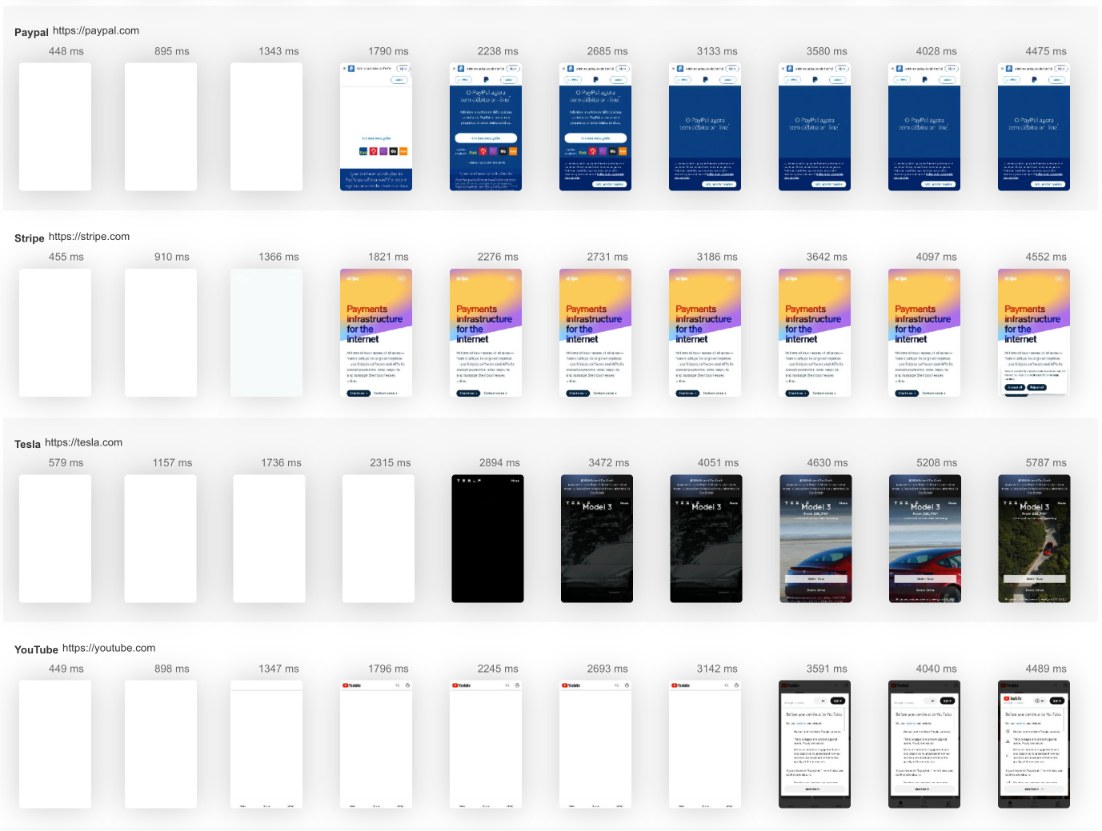Loomly Alternative
Looking for a Loomly alternative? This guide highlights how PostNext surpasses Loomly with AI-powered scheduling, evergreen automation, multi-platform publishing, and deeper analytics — all while keeping collaboration at its core.
Why PostNext is a Valid Loomly Alternative
Loomly has established itself as a reliable content calendar tool that helps teams create, schedule, and manage posts across multiple social media platforms. Its strengths lie in structured workflows, approval processes, and content idea generation. For many small to mid-sized teams, Loomly offers the basics needed to stay organized and keep campaigns consistent. However, as businesses scale, they often require more advanced automation, broader platform coverage, deeper analytics, and AI-driven workflows. PostNext steps in as a next-generation solution that not only matches Loomly’s collaboration and workflow strengths but also adds powerful automation, evergreen scheduling, and intelligent insights for modern social media teams.
Smarter Content Planning and Scheduling
AI-Powered Scheduling
Loomly allows teams to schedule posts across platforms using its content calendar, but its scheduling capabilities rely largely on manual setup. PostNext introduces AI-driven timing recommendations that ensure posts are published at the most effective times for each network, maximizing visibility and engagement.
Evergreen Automation
Loomly helps schedule campaigns but lacks dedicated evergreen automation. PostNext offers smart queues that recycle top-performing posts, reducing manual work and ensuring your social feeds never run dry.
AI Content Creation
Built-In AI Assistant
Loomly provides inspiration and idea prompts but doesn’t go as far as AI-powered content generation. PostNext integrates AI directly, allowing users to generate captions, hashtags, and content ideas instantly, tailored to each platform’s nuances.
Campaign Templates
PostNext supports reusable templates for recurring campaigns, such as weekly updates or seasonal promotions. While Loomly offers structured workflows, it doesn’t provide automated campaign templates with built-in intelligence.
Collaboration and Workflow
Approval Pipelines
Loomly’s approval workflows are one of its strongest features, helping teams streamline feedback. PostNext builds on this by introducing draft-to-publish pipelines, role-based permissions, and real-time editing, giving growing teams and agencies more flexibility and control.
Dynamic Collaboration
PostNext enables simultaneous editing, inline comments, and integrations with productivity tools like Slack, Asana, and Trello. This creates a dynamic environment for teams to collaborate in real time, extending Loomly’s structured but more static collaboration model.
Analytics and Reporting
Beyond Engagement Metrics
Loomly provides analytics on post performance, reach, and engagement. PostNext goes further by connecting metrics directly to ROI, tracking audience growth, and providing multi-platform campaign comparisons in one dashboard.
AI-Enhanced Insights
PostNext uses AI to analyze engagement data and recommend actionable improvements, such as highlighting optimal posting frequency or surfacing trending content types. Loomly’s insights are helpful but descriptive, leaving strategy refinement to the user.
Creative and Asset Management
Centralized Media Libraries
Loomly allows media storage, but PostNext integrates with Unsplash, Pexels, and Pixabay, alongside AI-generated visuals. This gives teams access to high-quality creative assets without needing to leave the platform.
Content Versioning
PostNext allows multiple versions of posts to be created, tested, and approved, enabling optimization before publishing. Loomly lacks this level of version control and experimentation support.
Integrations and Ecosystem
Broader Platform Coverage
Loomly supports major platforms like Facebook, Instagram, Twitter, LinkedIn, and YouTube. PostNext supports those and goes further by adding TikTok, Pinterest, Threads, Bluesky, Mastodon, and Google Business, ensuring future-ready publishing.
Business Workflow Integrations
Both tools integrate with productivity apps, but PostNext goes further with CRM and project management integrations, aligning social activity directly with business goals. Loomly’s ecosystem is narrower and less business-integrated.
PostNext vs Loomly: Who Should Choose Which?
Loomly is a great fit for small and mid-sized teams looking for structured workflows and approval processes. However, for businesses and agencies that want advanced scheduling, evergreen automation, AI-driven content creation, and holistic analytics, PostNext is the stronger option. It provides everything Loomly offers while expanding into automation, analytics, and collaboration at scale.
FAQ on PostNext vs Loomly
What makes PostNext better at scheduling?
PostNext offers AI-powered scheduling and evergreen automation, compared to Loomly’s more manual scheduling system.
Does PostNext support more platforms?
Yes. PostNext includes support for emerging platforms like TikTok, Threads, and Mastodon, making it more comprehensive than Loomly.
How does PostNext improve analytics?
PostNext provides ROI tracking, cross-platform comparisons, and AI-driven insights, whereas Loomly’s analytics remain post-focused.
Is PostNext stronger for collaboration?
Yes. While Loomly has solid approval workflows, PostNext adds real-time editing, structured permissions, and version control, making it stronger for scaling teams.
Can PostNext replace Loomly?
Absolutely. PostNext matches Loomly’s strengths in collaboration and approvals while adding AI content generation, evergreen posting, and advanced analytics — making it a full upgrade.
Ultimately, PostNext is not just a Loomly alternative — it’s a next-generation platform that merges collaboration with automation and intelligent insights. Discover more at PostNext.
PostNext is your all-in-one social hub to schedule, publish, and analyze content on Instagram, TikTok, X, LinkedIn, Facebook, Pinterest, and more—without the tab chaos.Start 7-day free trial→
